40 drag each label into the appropriate position in order to identify which type of macromolecule is the target of each digestive enzyme or compound.
Answers - Hodder Education 1 nutrition (obtaining food, to provide matter and energy needed for growth and survival), metabolism (all the chemical reactions inside cells, ... Ch. 18 Digestive Flashcards | Quizlet WebDrag each label into the appropriate position in order to identify which type of macromolecule is the target of each digestive enzyme or compound. Label the steps of lipid absorption. Identification in diagnostic images. Identification in diagnostic images. The teeth that are best adapted for biting off hunks of food are the . incisors. David has …
quizlet.com › 582302589 › ch-17-prep-for-exam-flashCh. 17- Prep for Exam Flashcards | Quizlet Drag each label into the appropriate position in order to identify which type of macromolecule is the target of each digestive enzyme or compound. Indicate where each enzyme (or its inactive precursor) is produced.
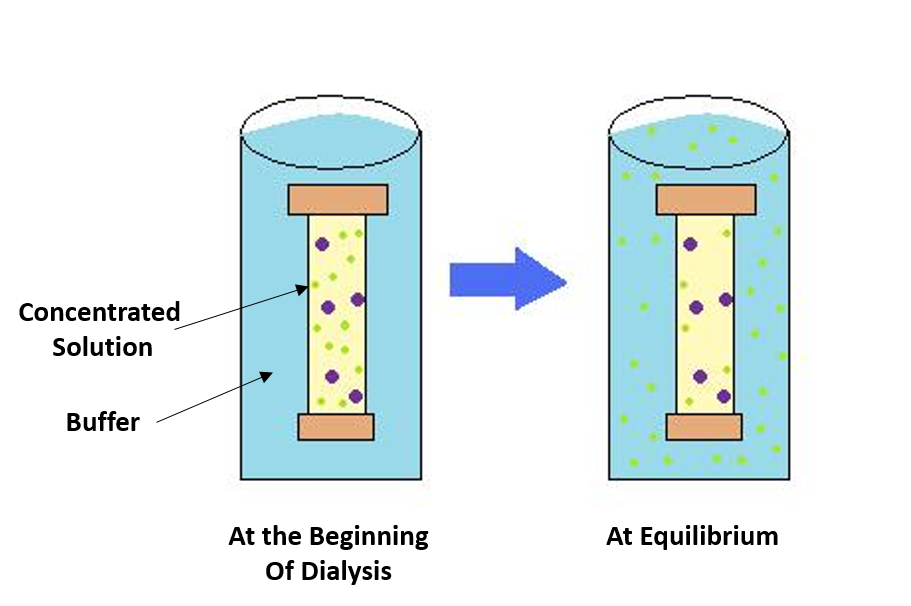
Drag each label into the appropriate position in order to identify which type of macromolecule is the target of each digestive enzyme or compound.
(PDF) Stryer - Biochemistry - 5th ed | Rafaela Pere - Academia.edu WebSubstantial evidence exists for ascribing a key role of protein phosphorylation and dephosphorylation in the regulation of surfactant secretion from type II pneumocytes, yet understanding of the specific molecular mechanisms is generally lacking. Herein, we report two-dimensional electrophoretic mapping of proteins phosphorylated in type II … Drag each label into the appropriate position in - Course Hero Drag each label into the appropriate position in order to identify which type ofmacromolecule is the target of each digestive enzyme or compound. Nelson Biology 12.pdf [30j71j2z320w] - doku.pub WebMatch each macromolecule on the left with the most appropriate description on the right. K/U (a) fats (i) directly involved with inheritance (b) proteins (ii) range from small sugar (c) carbohydrates molecules to large starch (d) nucleic acids molecules (iii) responsible for long-term energy storage; also called lipids (iv) one or more folded and coiled polypeptides; …
Drag each label into the appropriate position in order to identify which type of macromolecule is the target of each digestive enzyme or compound.. drag each label into the appropriate position in order to identify ... Aug 30, 2022 ... Lipid ; Pancreatic lipase, Gastric lipase, Bile salts. What is Macromolecules ? A macromolecule, such as a protein or nucleic acid, is a very ... Solved Drag each label into the appropriate position in | Chegg.com Question: Drag each label into the appropriate position in order to identify which type of macromolecule is the target of each digestive enzyme or compound. Chapter 17 digestive Flashcards - Easy Notecards Drag each label into the appropriate position in order to identify which type of macromolecule is the target of each digestive enzyme or compound. CH103 – Chapter 8: The Major Macromolecules – Chemistry Due to the large pool of amino acids that can be incorporated at each position within the protein, there are billions of different possible protein ...
A&P Ch 17 Digestive Homework Flashcards | Quizlet WebDrag each label into the appropriate position in order to identify which type of macromolecule is the target of each digestive enzyme or compound. CARBOHYDRATE sucrase salivary amylase maltase lactase pancreatic amylase PROTEIN pepsin HCI trypsin dipeptidase LIPID pancreatic lipase gastric lipase bile salts. The liver … drag each label into the appropriate position in order to identify... drag each label into the appropriate position in order to identify which type of macromolecule is the target of each digestive enzyme or compound: Carbohydrate, ... quizlet.com › 442812662 › a-p-lab-assignment-flash-cardsA & P Lab Assignment Flashcards | Quizlet Drag each label into the appropriate position in order to identify which type of macromolecule is the target of each digestive enzyme or compound. carbohydrate: salivary amylase, dextrinase, maltase, lactase, pancreatic amylase, glucoamylase, sucrase, quizlet.com › 429361001 › chapter-16/17/18-flash-cardsCHAPTER 16 , 17, 18 Flashcards | Quizlet Drag each label into the appropriate position in order to identify which type of macromolecule is the target of each digestive enzyme or compound. Label the features of the head and neck in the midsagittal section.
quizlet.com › 281047466 › digestive-flash-cardsDigestive Flashcards | Quizlet Study with Quizlet and memorize flashcards containing terms like Correctly organize the events of the defecation reflex., Drag each label into the appropriate position in order to identify whether the structure is associated with the buccal cavity or the stomach., Drag each label into the appropriate position in order to identify whether the structure is associated with the large or small ... 9.1 The Structure of DNA – Concepts of Biology - BC Open Textbooks There are four types of nitrogenous bases in DNA. Adenine (A) and guanine (G) are double-ringed purines, and cytosine (C) and thymine (T) are smaller, single- ... A&P Content Flashcards | Quizlet WebDrag each label into the appropriate position in order to identify which type of macromolecule is the target of each digestive enzyme or compound. Carbohydrate Salivary amylase Maltase Sucrase Lipid Lingual lipase Pancreatic lipase Gastric lipase Protein Pepsin Chymotripsin Carboxypeptidase. 25b-27. 1.) The first sphincter of the … quizlet.com › 548952862 › unit-6-flash-cardsUnit 6 Flashcards | Quizlet Drag each label into the appropriate position in order to identify which type of macromolecule is the target of each digestive enzyme or compound. Carbohydrate: Salivary amylase
(PDF) Molecular Cell Biology - Lodish - 5th Ed - Academia.edu WebEnter the email address you signed up with and we'll email you a reset link.
Digestive System Flashcards | Quizlet WebDrag each label into the appropriate position in order to identify which type of macromolecule is the target of each digestive enzyme or compound. Protein -Pepsin -Chymotrypsin-Carboxypeptidase Lipid-Lingual Lipase-Pancreatic Lipase-Gastric Lipase Carbohydrate-Salivary amylase -Maltase -Sucrase. In order for digestion to occur, …
quizlet.com › 503098351 › digestive-system-flash-cardsDigestive System Flashcards | Quizlet Drag each label into the appropriate position in order to identify which type of macromolecule is the target of each digestive enzyme or compound.
Unit 6 Flashcards | Quizlet WebDrag each label into the appropriate position in order to identify which type of macromolecule is the target of each digestive enzyme or compound. Carbohydrate: Salivary amylase Pancreatic amylase Protein: Pepsin HCI Trypsin Chymotrypsin Lipid: Lingual Lipase Pancreatic lipase Gastric lipase Bile salts. During meiosis, homologous …
quizlet.com › 269379662 › ch-18-digestive-flash-cardsCh. 18 Digestive Flashcards | Quizlet Drag each label into the appropriate position in order to identify which type of macromolecule is the target of each digestive enzyme or compound. Label the steps of lipid absorption. Identification in diagnostic images
Nelson Biology 12.pdf [30j71j2z320w] - doku.pub WebMatch each macromolecule on the left with the most appropriate description on the right. K/U (a) fats (i) directly involved with inheritance (b) proteins (ii) range from small sugar (c) carbohydrates molecules to large starch (d) nucleic acids molecules (iii) responsible for long-term energy storage; also called lipids (iv) one or more folded and coiled polypeptides; …
Drag each label into the appropriate position in - Course Hero Drag each label into the appropriate position in order to identify which type ofmacromolecule is the target of each digestive enzyme or compound.
(PDF) Stryer - Biochemistry - 5th ed | Rafaela Pere - Academia.edu WebSubstantial evidence exists for ascribing a key role of protein phosphorylation and dephosphorylation in the regulation of surfactant secretion from type II pneumocytes, yet understanding of the specific molecular mechanisms is generally lacking. Herein, we report two-dimensional electrophoretic mapping of proteins phosphorylated in type II …



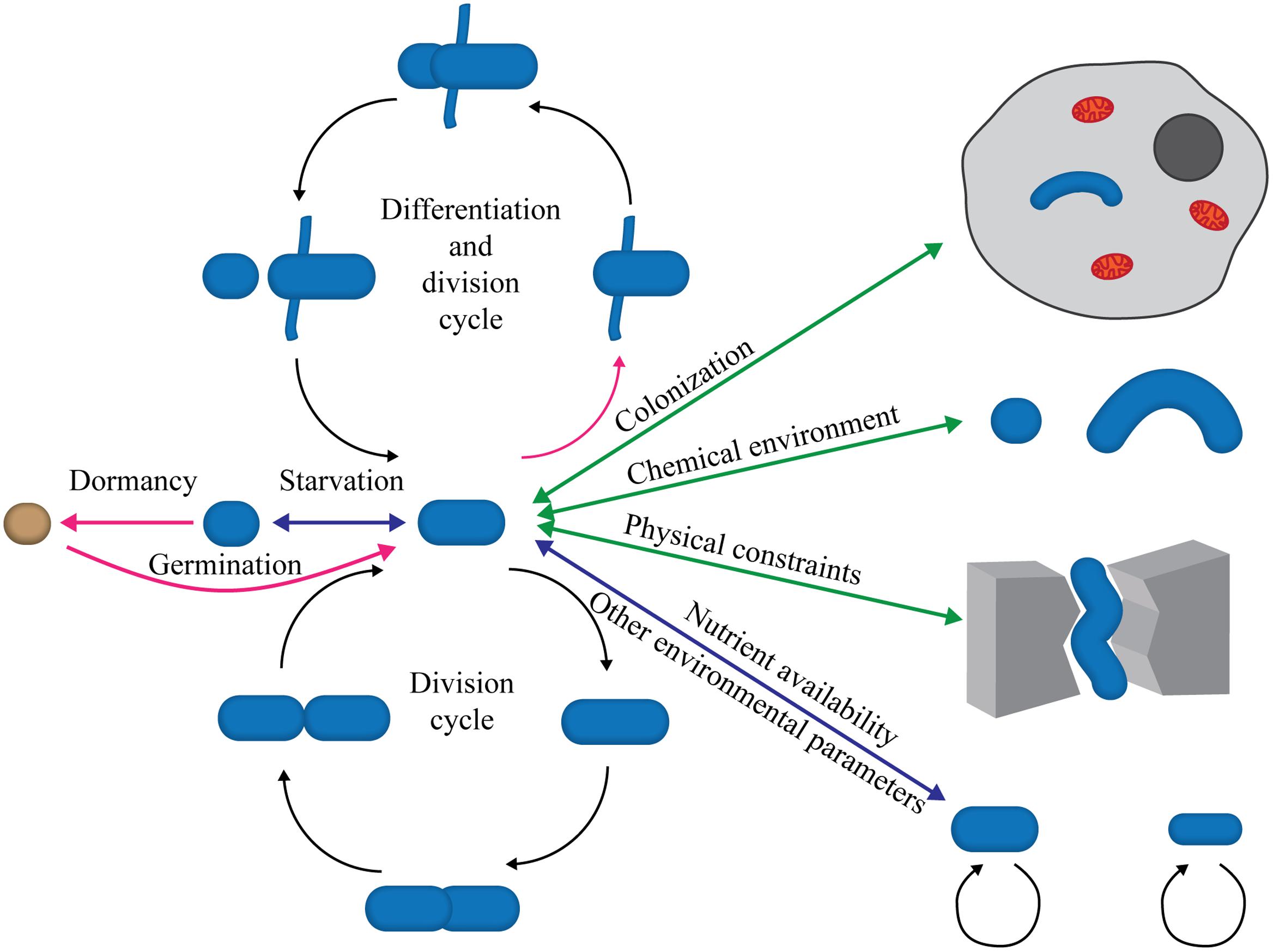


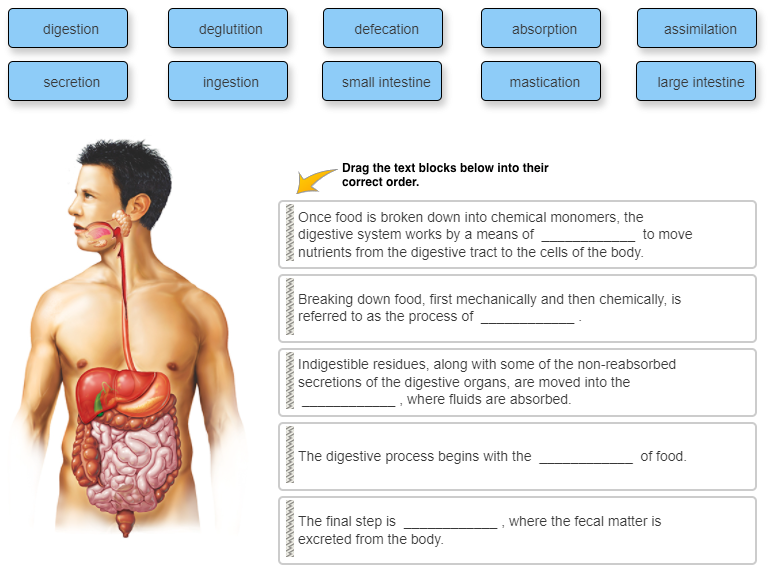


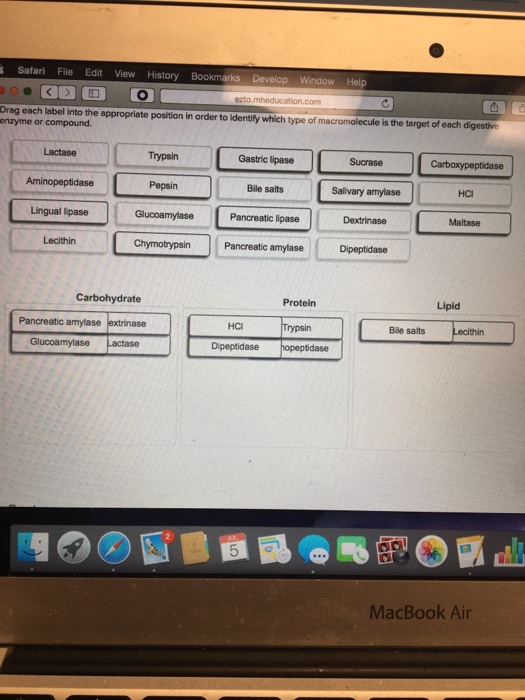



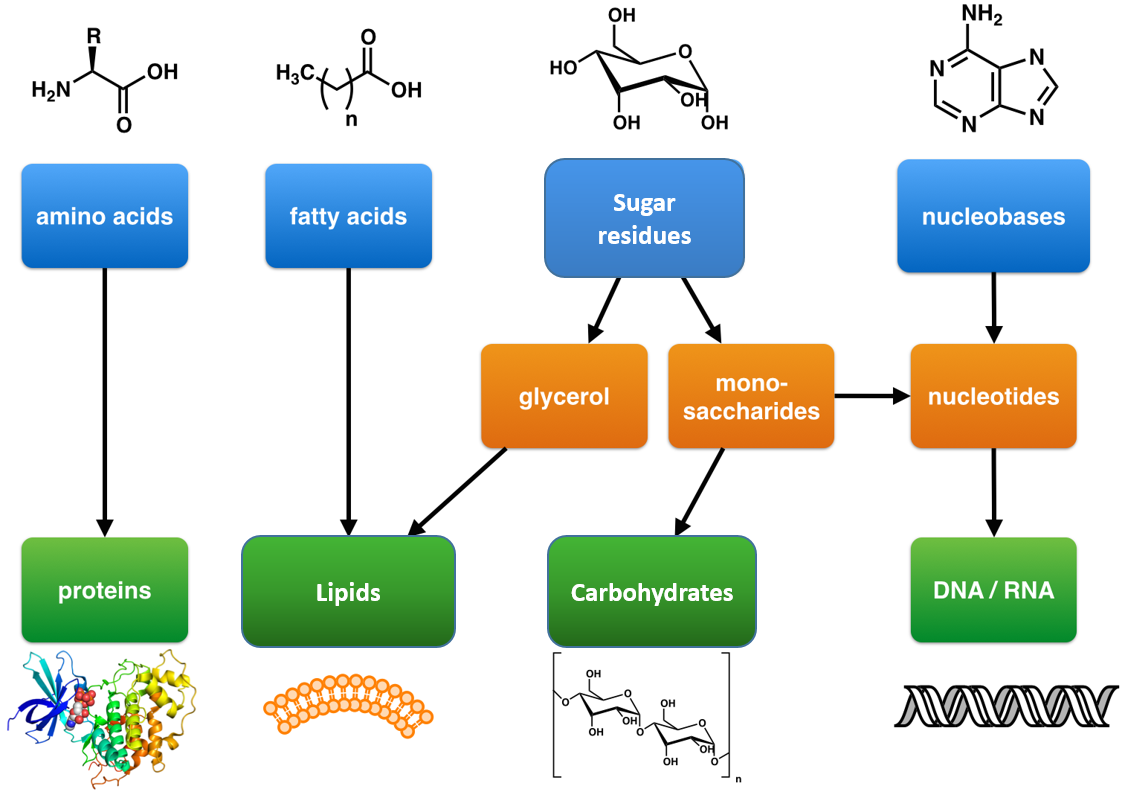
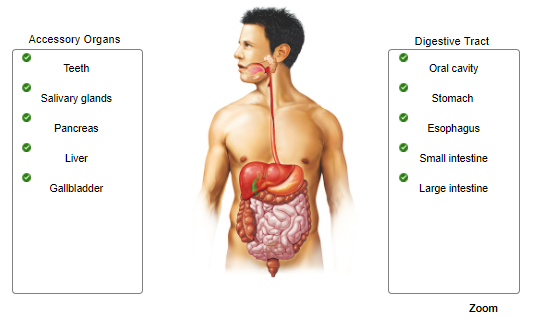



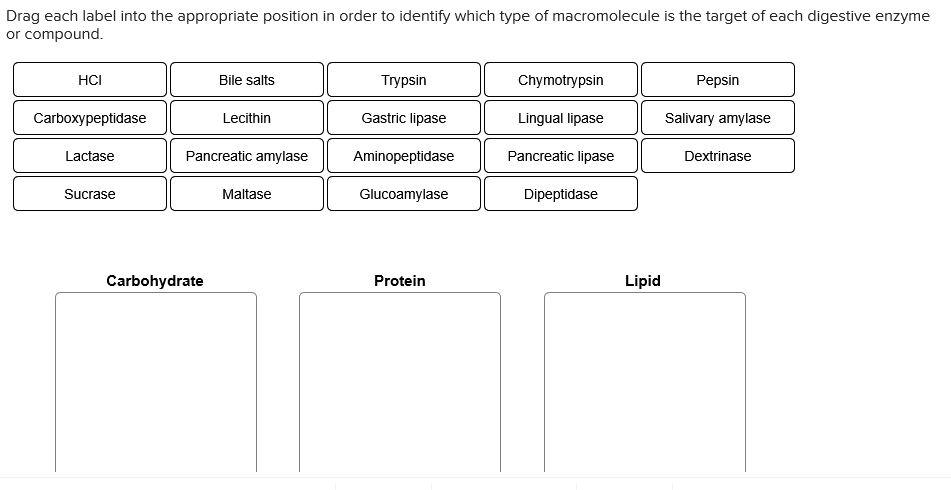











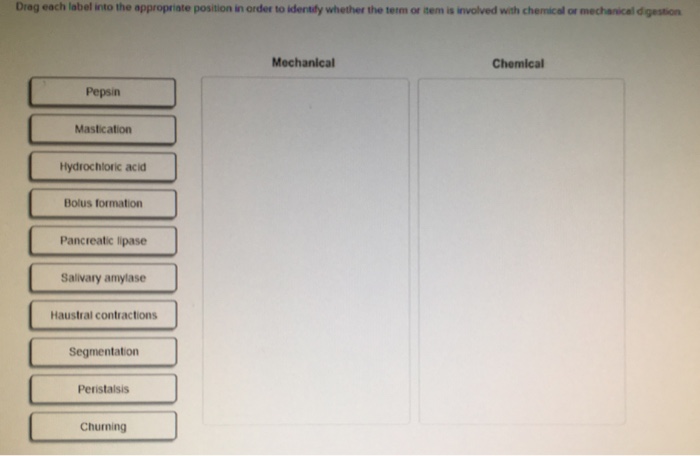



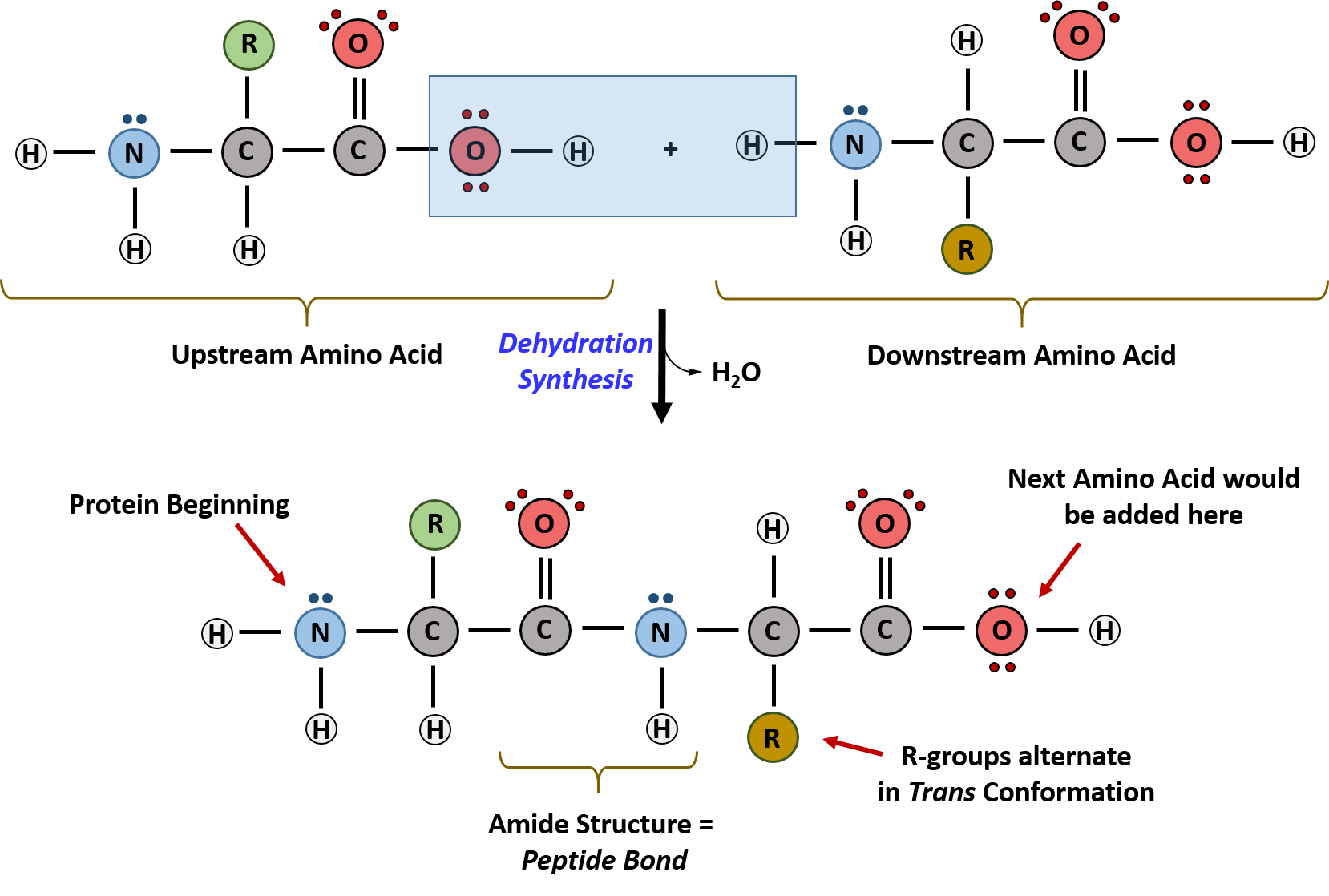

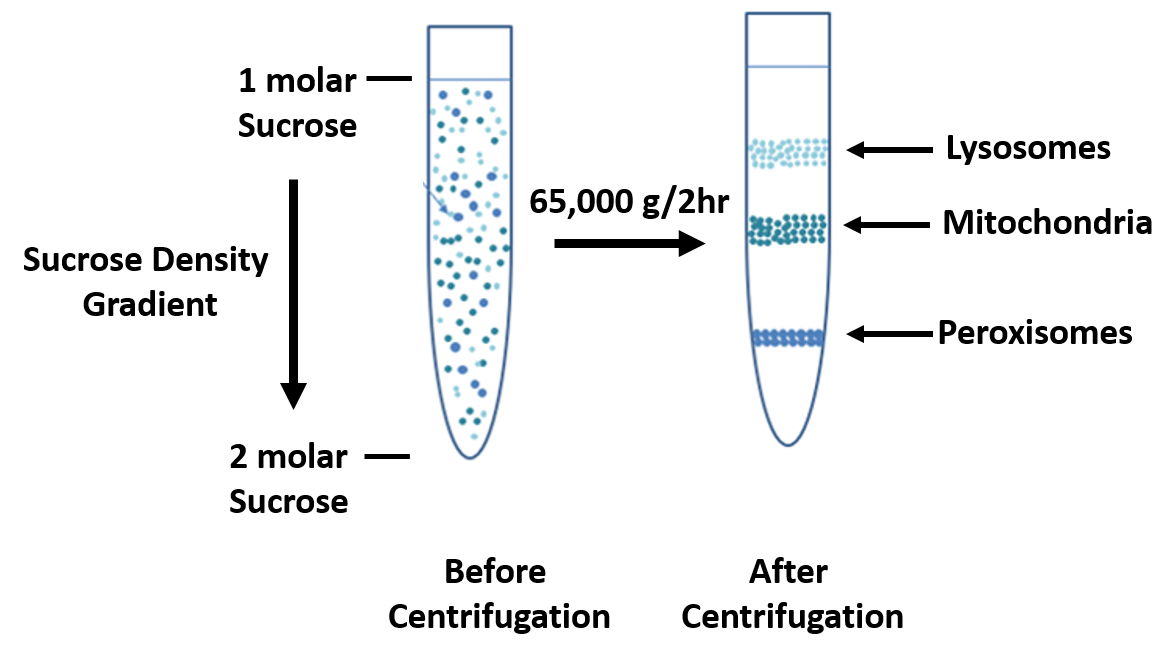
Post a Comment for "40 drag each label into the appropriate position in order to identify which type of macromolecule is the target of each digestive enzyme or compound."